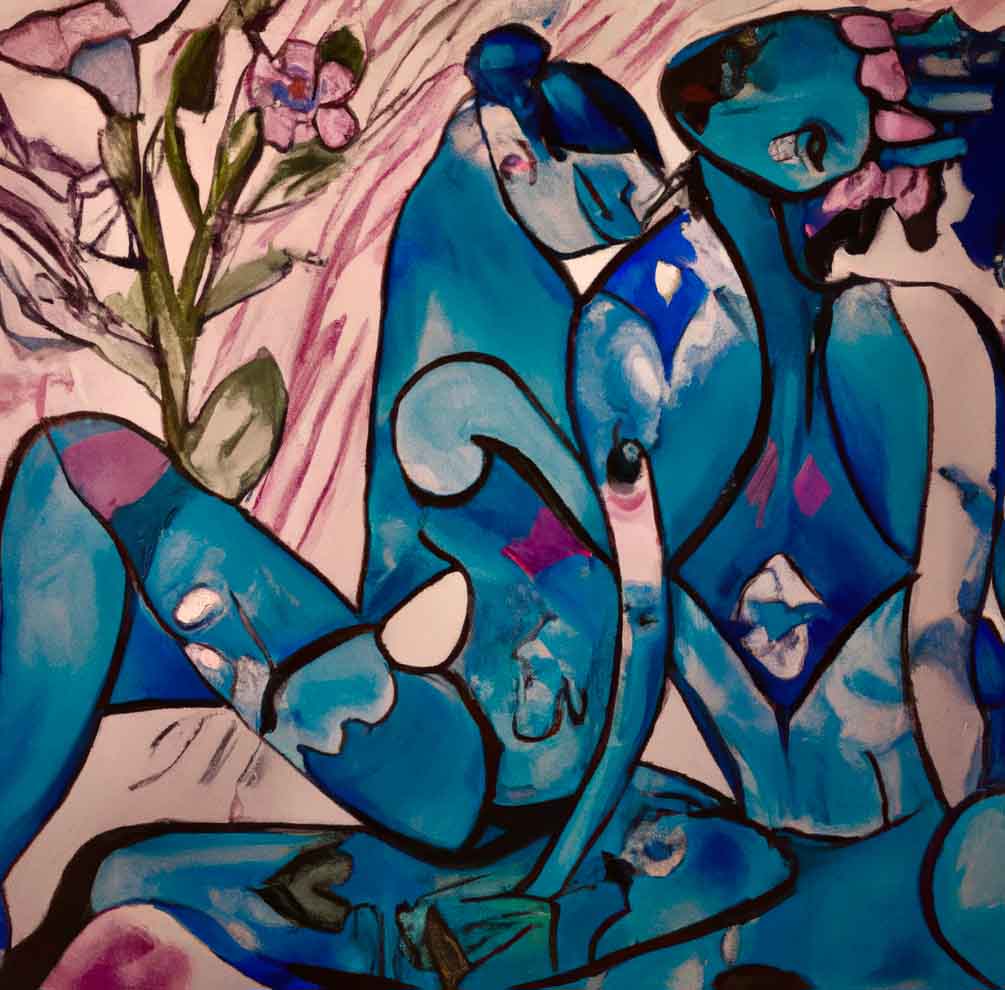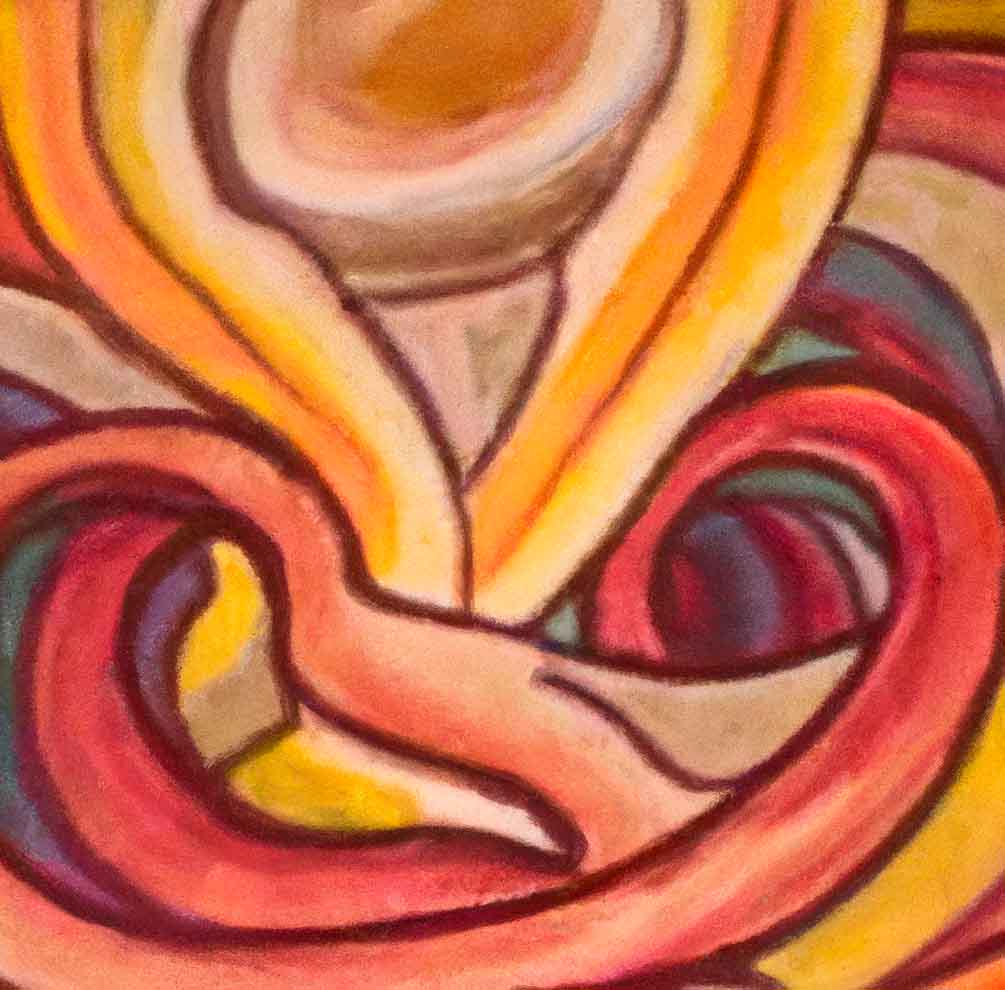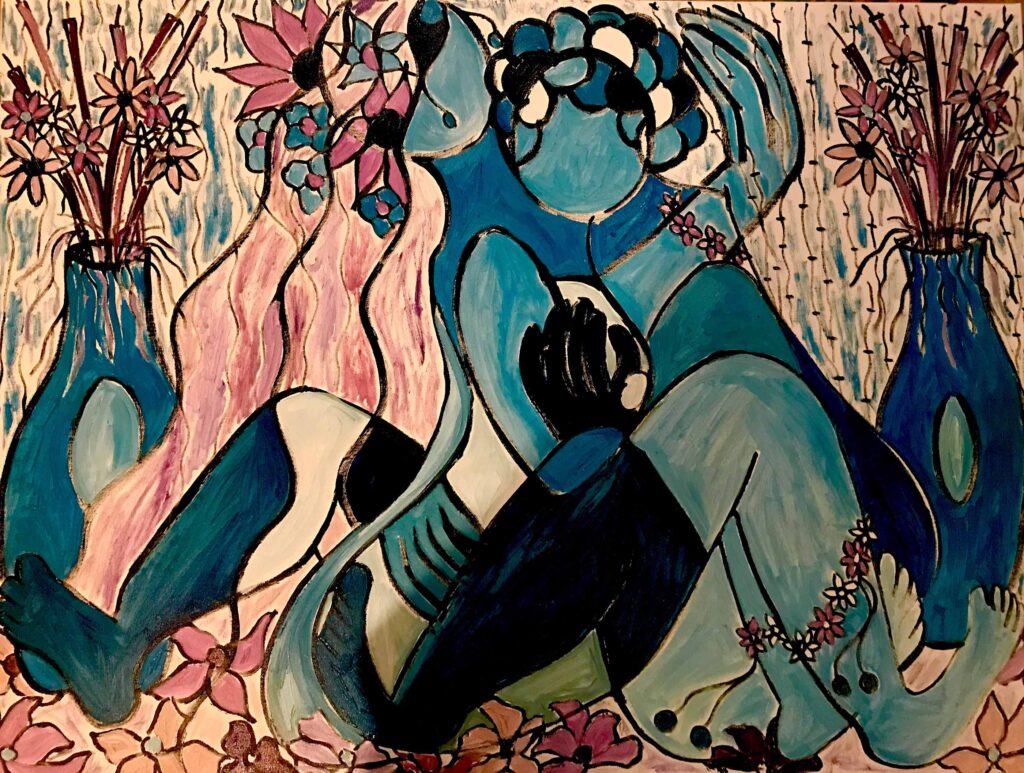Yoni Massage: The Path to a Superior Ecstatic Experience
The Yoni massage – or vulva massage – is an ancient tantric practice that celebrates the sacredness of the female body and promotes the connection between body, mind, and spirit.
Unlike many colleagues who, during the tantric massage, focus almost exclusively on genital stimulation, for me this practice should involve a touch that caresses the entire body for most of the time and, only when the receiver’s state of consciousness has been properly prepared, the focus can shift to the intimate area.
If the massage did not involve full physical involvement and an initial relaxation phase, it would be difficult to transmute earthly energies into something more. The experience would be enjoyable, but it would be nothing more than masturbation.

It is necessary to remember that the ultimate purpose of tantra is not to bring the woman to orgasm or to stimulate physical pleasure, but to create the conditions for the energy of the first chakras to be channeled upwards, creating a transformative experience.
The basic massage and breathing techniques help the recipient to deeply relax, releasing physical tensions, before the sensual climax begins. In this first phase, it is important to dampen any expectation of genital contact and cultivate an atmosphere of trust and closeness, facilitating the energetic connection between the recipient and the masseur.
Preparing the body in this way will allow for an intense feeling of pleasure and emotional release during the next phase and, even more so, to cultivate a journey that will develop through multiple sessions.
Only when the practitioner has stabilized their own energetic quality, transferred by resonance to the massage recipient, will intimate contact have reason to begin. (Unfortunately, I know from experience that most tantra masseurs have no awareness of their own state of consciousness and the impact this has on the people they massage).
During the second phase, that of the intimate massage, I encourage the person to freely communicate their sensations, desires, and limits. This open dialogue allows for a personalized and authentic experience, respecting individual needs and preferences. In the best case, communication is transmitted strongly and clearly through the body’s natural reactions (muscle contractions, breathing rhythm, energy channel flow), and words become entirely superfluous. In other situations, the dialogue serves the person themselves in becoming aware of what is important to them and what they truly want.
When the tantric massage is skillfully performed and a reasonable harmony has been achieved between the participants, the experience goes far beyond physical pleasure, allowing the woman to connect with her vital energy and experience a sense of unity with herself and the universe. This deep energetic connection can lead to greater self-awareness, the expansion of one’s sexuality, and the healing of traumas and emotional blocks…as well as an extraordinarily intense orgasm, which some describe as a full-body orgasm.




